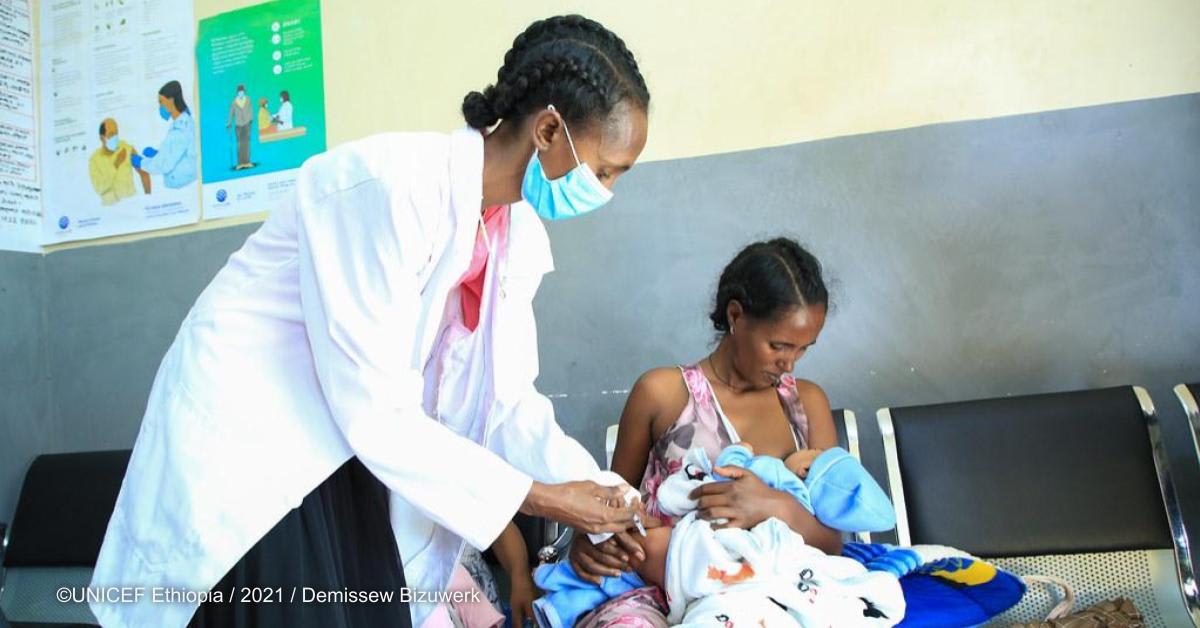2024 is gearing up to be a big year for global health spending. Even if the World Health Organization, the World Bank, Gavi, Vaccine Alliance, and the Global Fund to Fight AIDS, Tuberculosis and Malaria get just a fraction of what they are requesting from a handful of donor governments and philanthropies, tens of billions of dollars will flow into global health programs. Get ready for persuasive arguments from all of these organizations to justify these billions. But the jury is out on whether they will actually transform population health if the programs are delivered in the usual ways.
Between 2010 and 2019, donors transferred an estimated $40 billion per year, or $400 billion, to 137 countries to help them save lives. This number increased to $67 billion in 2021 during the height of the COVID-19 pandemic. While some countries received relatively little, others used the money to fund more than 10% of their health systems, according to WHO.
But did this support actually deliver measurable improvements in health? Did it lengthen life expectancy? Did it dramatically reduce HIV/AIDS and malaria deaths? Did it accelerate child mortality declines? Surely these billions brought countries, particularly those most dependent on it, closer to achieving some of the health-related Sustainable Development Goals.









